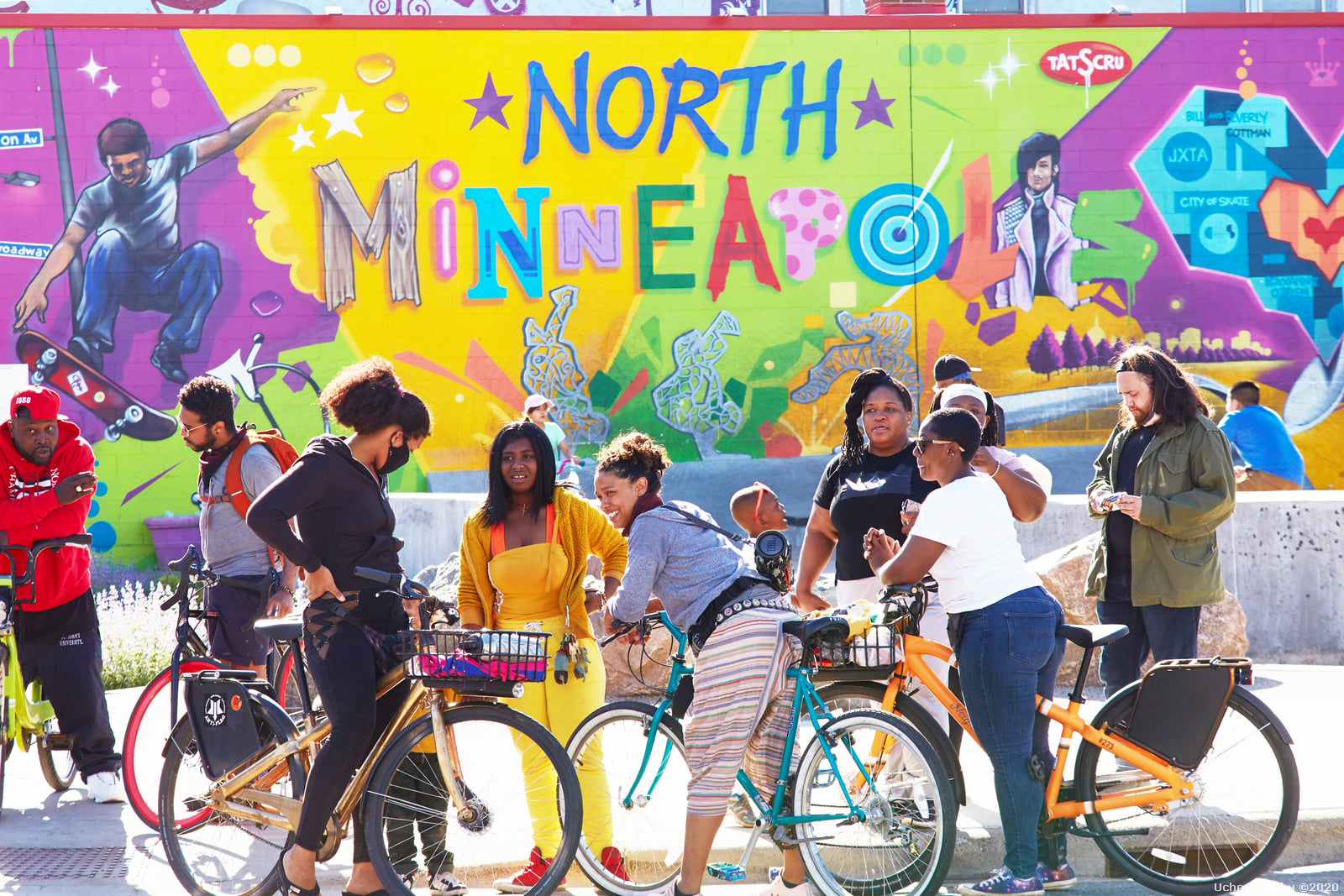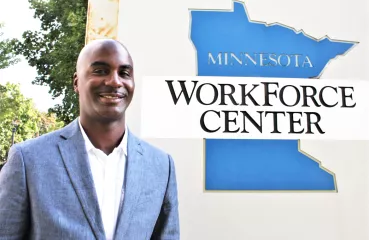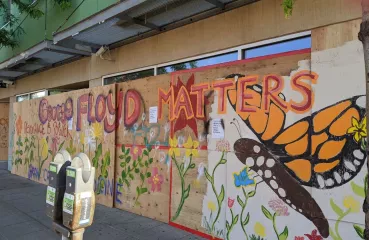Marie Donahue: At the Clean Energy Resource Teams or CERTs, we work throughout the state of Minnesota. What would you like others working on renewable energy or those in communities across the state to learn or act on in terms of how to approach this work at a community level or in their neighborhoods?
Kristel Porter: We can't do this alone. Nobody can do this work alone. If you want to pull something like this off, it's really who you get to the table. We can't keep waiting around for some magical solar-wind-hydro fairy to come down from the sky and make everything better.
The power of this movement did not go away. It’s crazy because last fall was one of the most inspiring times of my life. Seeing high school students leave school and march to the Capitol and demanding our leaders start focusing on this issue. We're seeing these youth making statements and making these demands because they're the ones who are our future. You've got all these adults, who are making decisions for them and treating it, as if it's a game of chess. And you've got these young people who are saying, “Hey, wait a minute. You know, I have to live on this planet much longer than you, you know, and I might want to have a child. So what about them?”
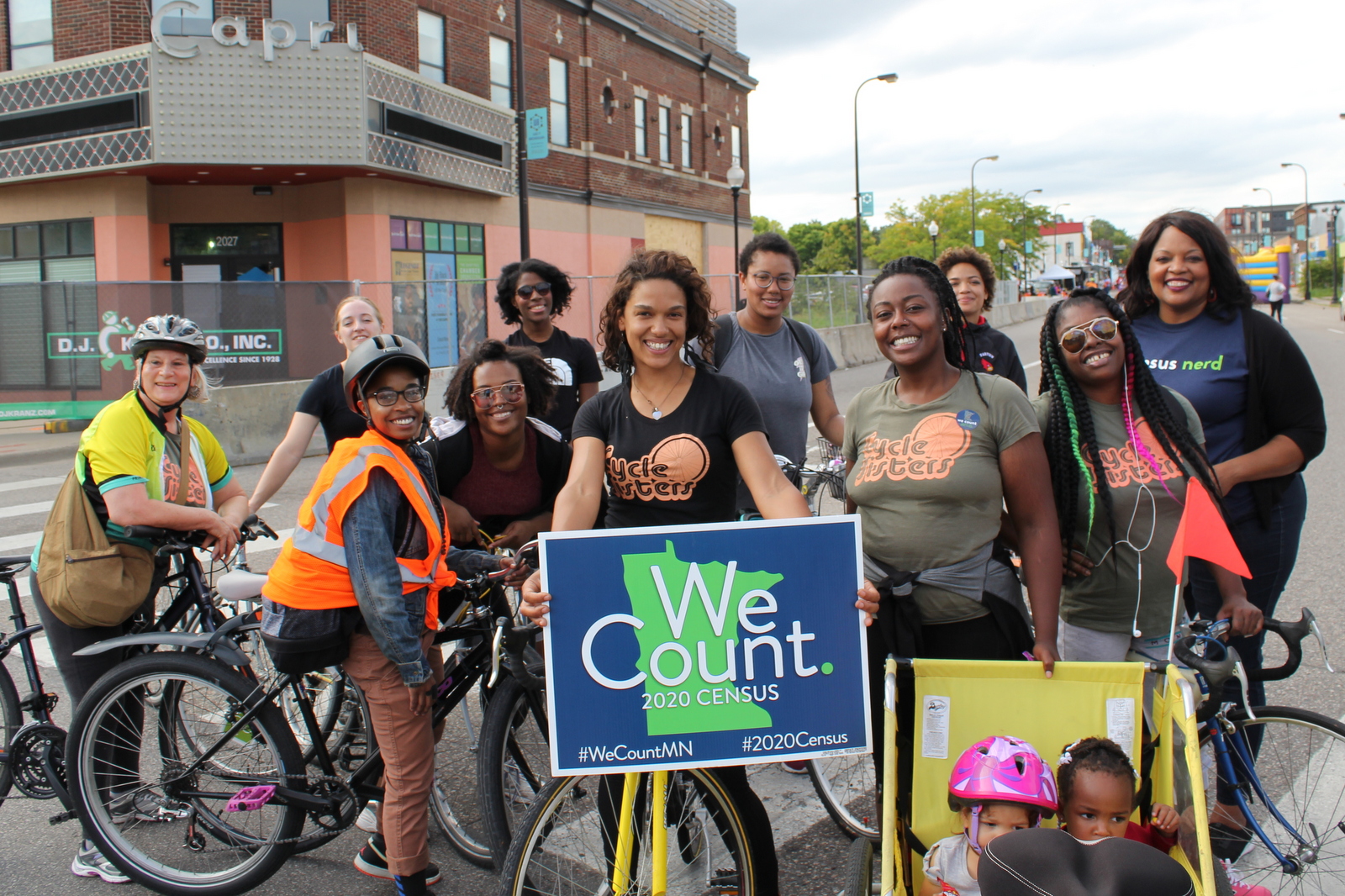
Then with the whole COVID-19 situation, the students were all divided. They were all sent home, told to stay inside, and their movement almost disappeared, but it didn't go away. It's still here.
We need to remind ourselves that climate change is only going to get worse, if we keep ignoring it and keep brushing it under the rug. I've spent time in organizations that focus on the democratic process, organizations that work on different issues, whether gender, racial, or economic issues, and they also focus on environmental issues. But for some reason, the person who directed environmental issues was always dismissed as the little step-sister, within organizations like these. The “green” person, the environmental person was always inside of a glass jar, screaming and pounding on it. Nobody hears them even within those spaces.


.png)


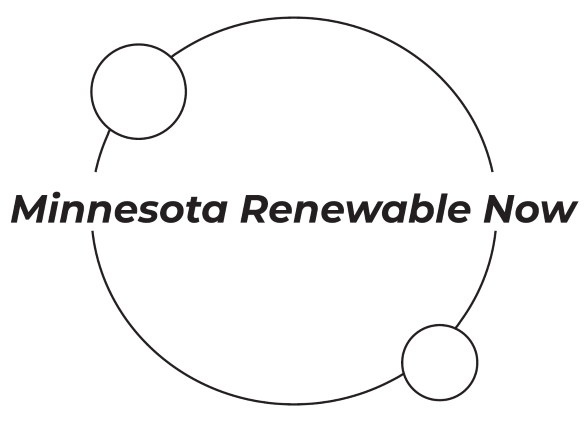 Kristel Porter: I am the founder of
Kristel Porter: I am the founder of 